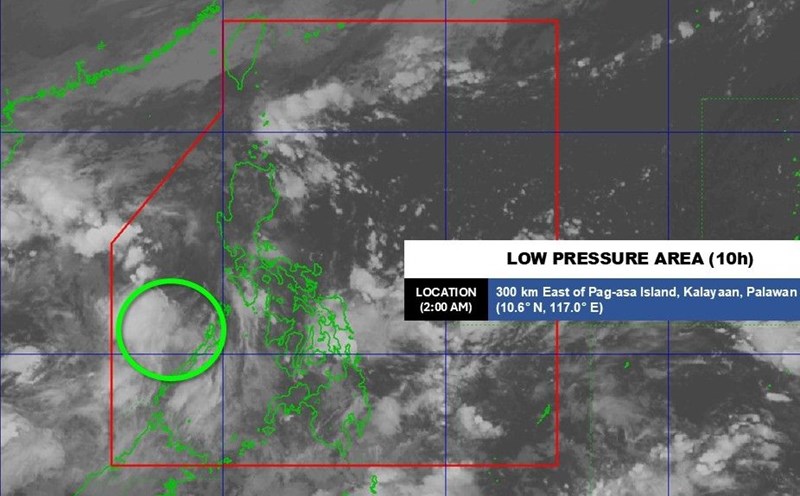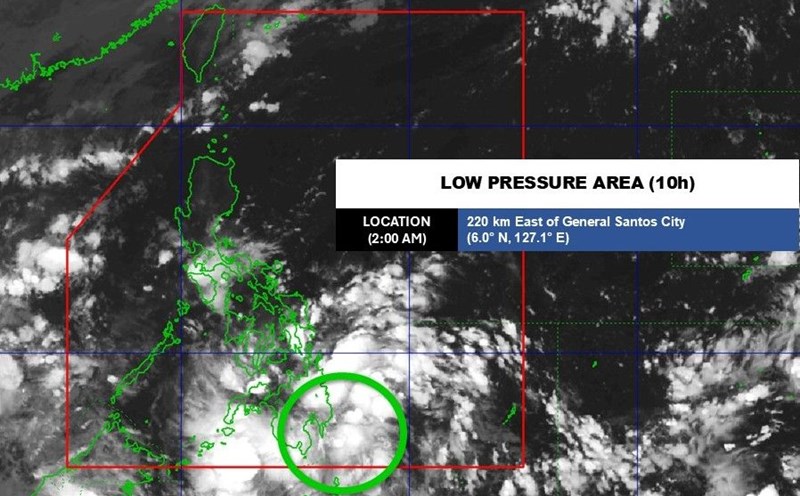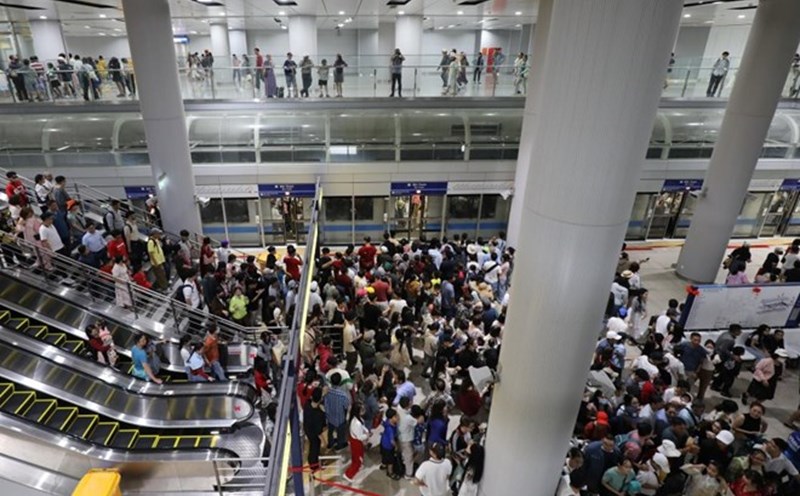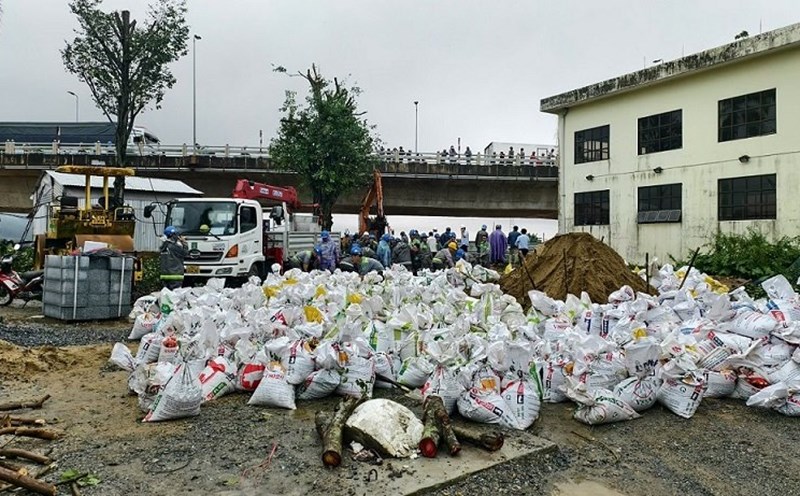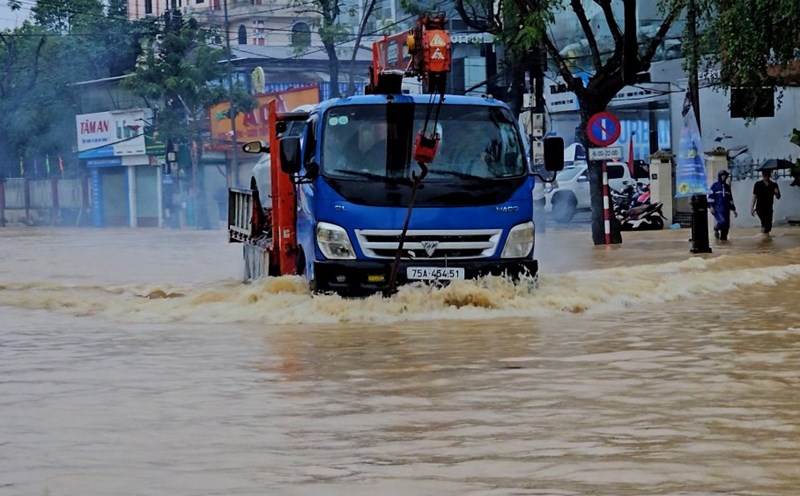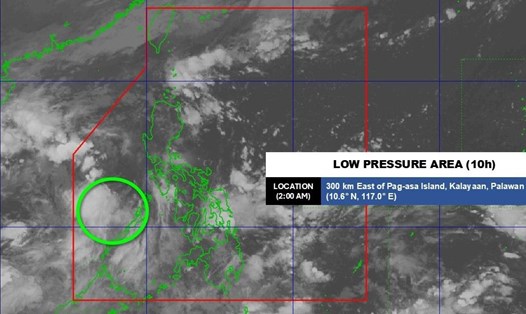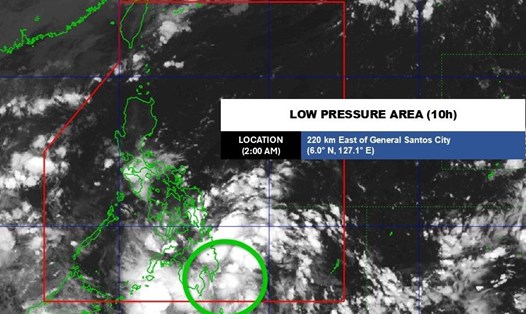The latest storm/low pressure information from the US Joint Typhoon Warning Center (JTWC) said that low pressure 98W formed on the afternoon of October 29 south of Guam and continued moving west. The strongest wind of the low pressure is 25 km/h. The low pressure is forecast to enter the Philippine Forecast Area (PAR) on November 4.
Meanwhile, the 2-week storm/low pressure forecast of the Philippine Atmospheric, Geophysical and Astronomical Services Administration (PAGASA) also clearly states that during the week from October 29 to November 4, 2024, there will be 3 low pressure areas around the country.
Low pressure 1 in the Sulu Sea - a sea area near the Philippines and the East Sea - is unlikely to strengthen into a storm.
Low pressure 2 is located east of the Philippines, south of Guam (the same low pressure 98W mentioned above), likely to enter PAR, towards Visayas - Southern Luzon. PAGASA forecasts the possibility of this low pressure intensifying to medium level.
Currently, low pressure 98W is creating a large area with scattered showers and thunderstorms. However, upper-level winds are currently very unfavorable for storm formation, so in the next few days, this system is expected to move westward without the possibility of significant development.
As it moves south of Guam, environmental conditions are expected to become more favorable, and a tropical depression could form on October 31 or November 1. The system is forecast to continue moving westward until early next week, entering the East Sea.
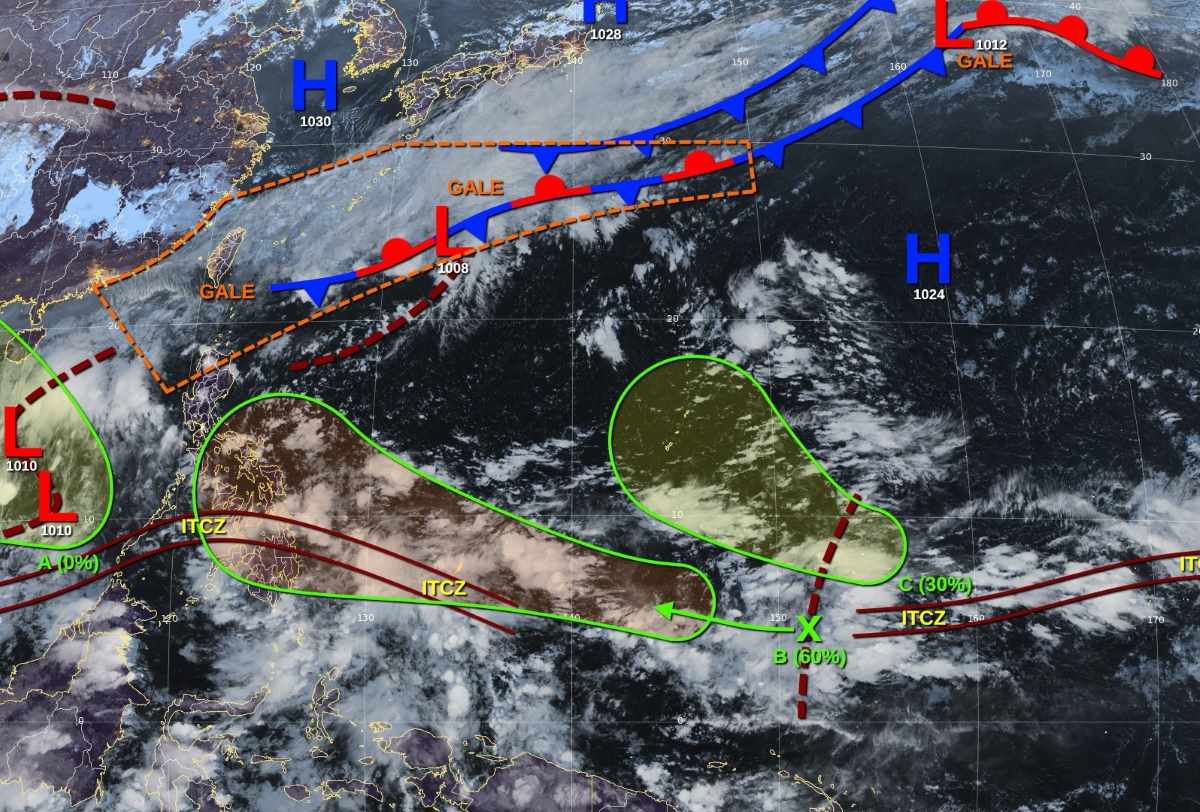
Notably, this is a system that is being exaggerated by many social media posts about its ability to develop into a strong storm, even a super typhoon, but the JTWC notes that it is still too early to predict.
Also during the week of October 29 - November 4, low pressure 3 is expected to appear east of the TCID forecast area of the Philippines, southeast of Chuuk state in the Federated States of Micronesia. The system is likely to gradually develop as it moves mainly west-northwest until early next week. The 7-day chance of formation is low, 30%.

